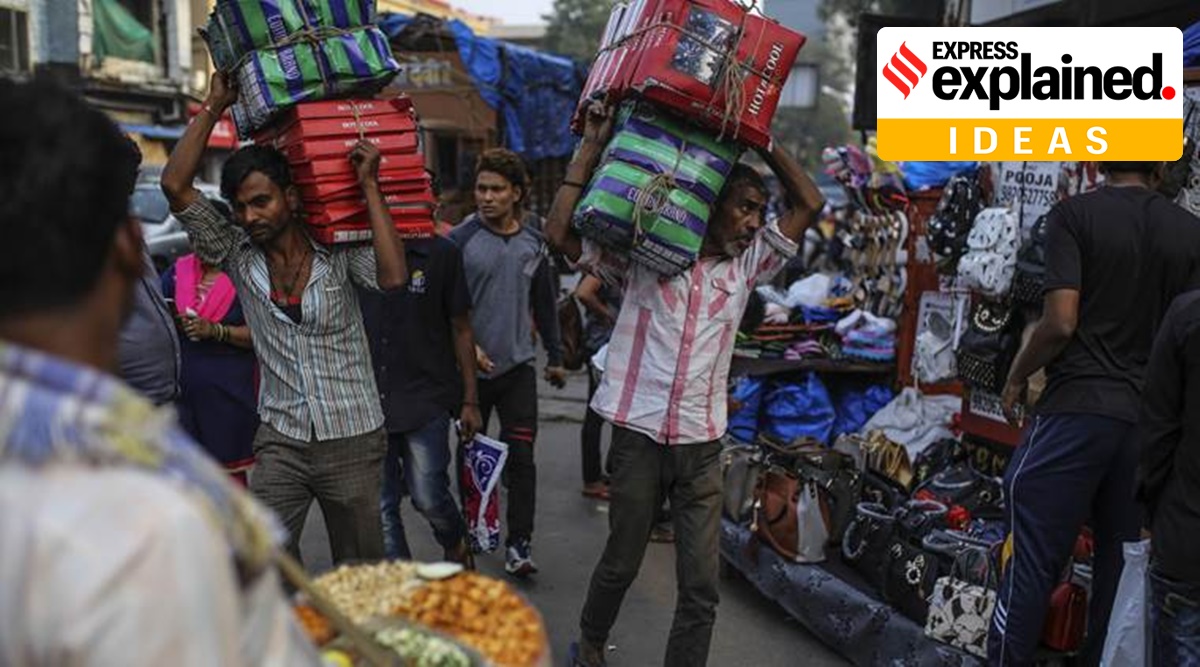India has had trouble in the past with rising prices of services. Once this trend takes hold, as it did in 2011, it remains elevated for a prolonged period, writes Pranjul Bhandari
Over the past few weeks, India seems to have broken the link between rising levels of mobility and COVID-19 cases. Fears that the celebrations during the Diwali festival would lead to a surge in virus cases haven’t played out. In fact, the number of new cases has fallen while the fatality rate continues to drop.
The last quarter saw an improvement in growth as consumers were eager to spend, especially on festival-related items, bolstered by higher-than-usual financial savings.
At first glance, it may seem that India got off lightly and is back on the path to recovery. But, according to Pranjul Bhandari, chief India economist of HSBC Securities and Capital Markets (India) Pvt Ltd, a deeper look suggests that the low level of fiscal spending could leave behind other problems, such as rising inequality and inflation.
While much of the fiscal support packages around the world have been directed towards safeguarding the vulnerable — poorer households and small businesses — there were some misses, such as the urban poor being left out. Then there is the rise in inequality between large and small firms, which is likely to be felt by individual employees. For one, all this could impact demand over time.
But rising inequality could have other side effects.
“It could stoke inflation. India has had trouble in the past with rising prices of services. Once this trend takes hold, as it did in 2011, it remains elevated for a prolonged period. And trying to boost supply takes time. Think health and education services, for example,” she writes.
Putting all of this together, it seems India will come full circle in 2021. For a while, it was worried more about weak growth than high inflation. But as growth recovers, inflationary concerns could reappear.
Indeed, inflation control could be the main task facing policymakers in 2021. The RBI may have to take steps to gradually drain the excess liquidity in the banking sector, provide a floor for short-term rates, which have fallen below the reverse repo rate, and finally narrow the policy rate corridor by raising the reverse repo rate.
“A quicker exit from loose monetary policy could become another area where India differs from the world,” she concludes.
Source: Read Full Article


